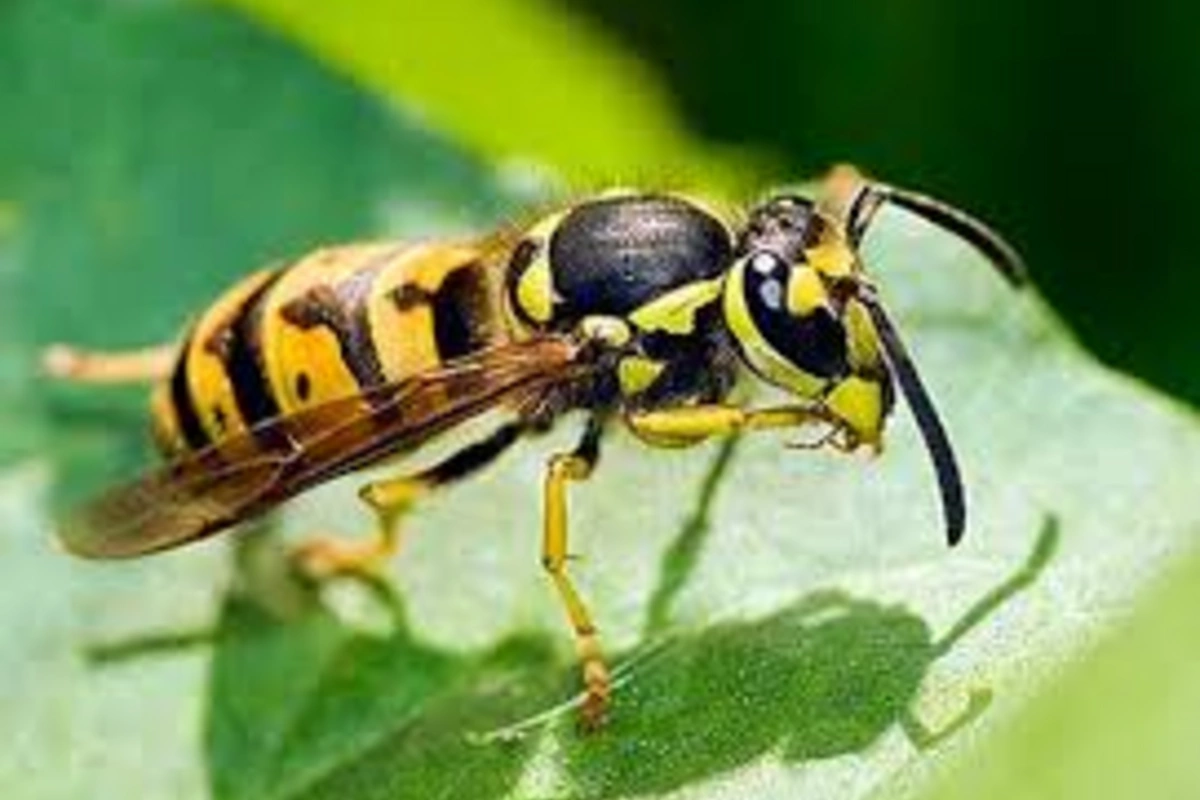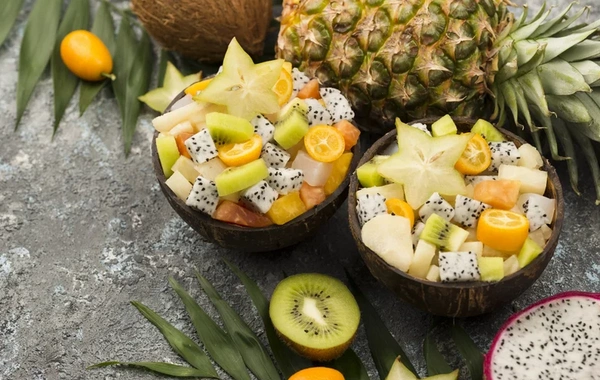Named an effective way to avoid wasp stings in nature

To protect against wasps at a picnic, you need to place several pieces of different food on a separate plate and set it at a distance from the main table. This will eliminate the insects' need to approach people. Seirian Sumner, a professor of behavioral ecology, told The Conversation about this.
The expert warned that wasps are active from early spring to late autumn. When warm weather sets in, these insects may more frequently attack people spending time outdoors. A wasp's sting is designed for self-defense, but unlike bees, they can use it several times in a row.
"When trying to defend against an approaching wasp, many people panic and try to run away, but such actions are mistaken. If you start waving your arms and shouting, you will look like a predator in the insect's eyes," Sumner explained.
According to the expert, the best solution is to remain still and minimize carbon dioxide emissions. To do this, you need to avoid deep breathing and keep your mouth closed.
The scientist noted that female yellow jackets and German wasps (Vespula germanica) usually flock to picnics. The main task of the insects is to find food for their larvae, so to increase the safety of picnickers, you can create a separate "buffet" for them. The expert recommends taking a plate and putting several pieces of all the food consumed by people on it. This will reduce the insects' motivation to approach the main table.
"If a wasp wants to land on ham or another protein product, it means its colony is full of hungry larvae. The desire for sugar indicates that the colony is likely in the 'twilight' phase of life, when pupated larvae no longer require feeding," the specialist concluded.
Similar News
Doctor named four fruits to improve digestion
Kiwi, papaya, guava and slightly unripe bananas can reduce bloating and improve digestion thanks to natural enzymes and prebiotics. This was told to the Daily M...




 Azərbaycanca
Azərbaycanca  По-русски
По-русски  English
English 





